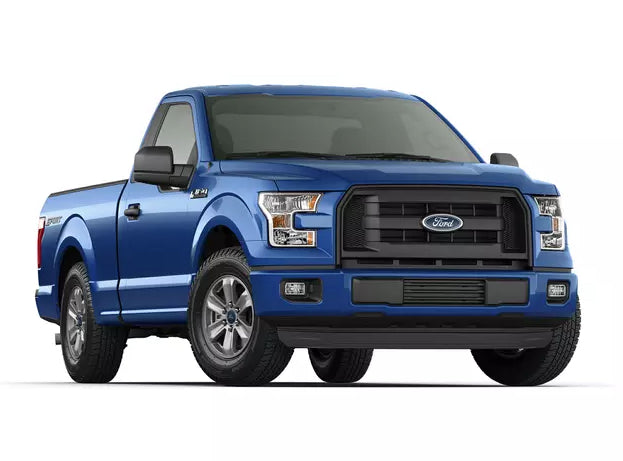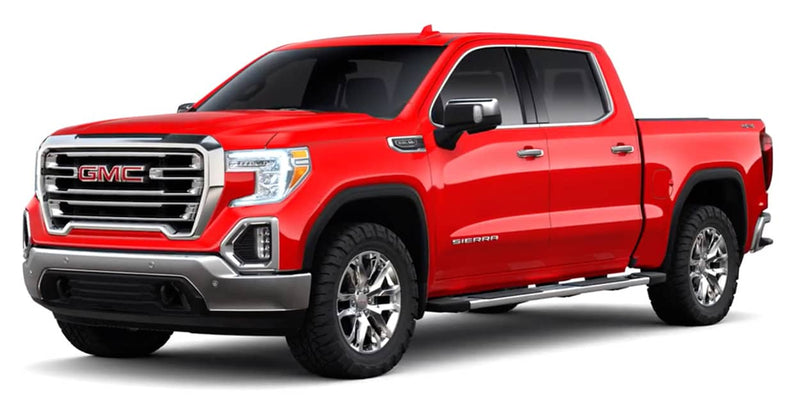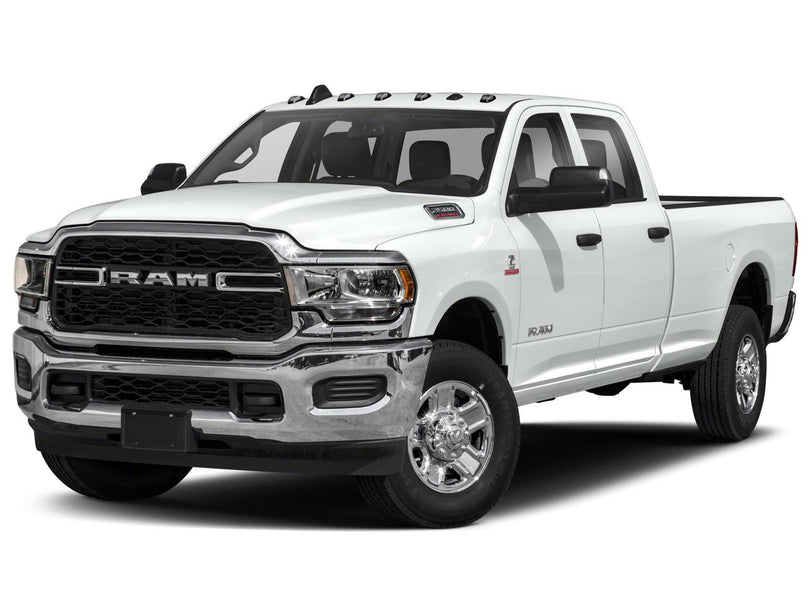Turbo Balancing
A Critical Step When You Rebuild Your Turbo
-Austin Yao, Pulsar Turbo Systems
Do I really need to rebalance turbo after the rebuild?
We have been always receiving this kind of questions and there’re different stories about this question. To the average person, turbo balancing is usually seen as a “black art”, some people claim if a replacement compressor wheel or turbine wheel has been pre-balanced, then you don’t need to balance the turbo after you put all the stuff together, but is it really true? Here at Pulsar Turbo Systems, the answer is definitely “No”, to make this clear we need to understand what turbo balancing really is.
The purpose of the balancing process is to control a turbo’s vibration level to reduce noise and to prolong bearing life, the vibration force is initially transmitted through the turbo bearings, and high levels can cause excessive loading and premature bearing failure. Just like car wheels and tires that must be balanced before fitting to cars, otherwise you will experience steering wheel judder, uneven wear on tires and so on especially at high speed, it’s same logic here, and when you drive a car with tires way out of balance, you can still feel the vibration, what if it’s a turbo? You will only know that after the turbo fails.
So, how to control the vibration becomes very important, let’s see how the OE manufacturers do when they build their turbos. They do two types of balancings, Component Balancing and VSR Balancing. Before a turbo is assembled, component parts like compressor wheel and turbine wheel are pre-balanced in two planes using conventional low-speed component balancing machines, you will find grinding marks on both front and back sides of the wheels, sounds like pretty decent, right?
As we sell lots of replacement turbo wheels, I was frequently asked: “If both wheels are in balance, and I put them together, what’s left to re-balance, why I need to do VSR balancing again?” There’re two major reasons for this question. First, it’s very important to understand that there is no “perfect balance”, compressor wheels and turbine wheels are only balanced to a certain limit where the unbalance is acceptable per manufacturers’ standards, besides they’re usually balanced at a low-speed. The purpose of doing this is to reduce the amount of unbalance within the rotor assembly, so the bearings won’t get damaged and less amount of material will need to be removed when doing the high-speed VSR balancing which typically spins the CHRA at 100,000 to 250,000 rpm depending on wheel size and has lower balancing limit. Second, when all rotating parts are assembled together, small assembly errors in the shaft will add the imbalance of the whole rotor assembly, for example at the compressor end, the wrong installation of the compressor wheel, the thrust collar, and the locknut can cause an accumulation of balance error.
Over the years, we have assembled countless turbos of different models, the VSR balancing has been always one of the most important steps of our quality control system, when we had difficulties to balance a CHRA or it makes a “strange” noise right after we spins the cartridge, we knew something was wrong, whether it’s a bad part or an assembly issue, it helps us to find a lot of quality issues before we send the turbos out. Many people skip this step as it takes time and money, but if you want your turbo rebuilt correctly and last as long as it should be, you definitely need this critical step.

Grinding Marks on Turbine Wheel Heads(Front Plane Balancing)

Grinding Marks on Turbine Wheel Backsides(Back Plane Balancing)
By Austin, March 2020



